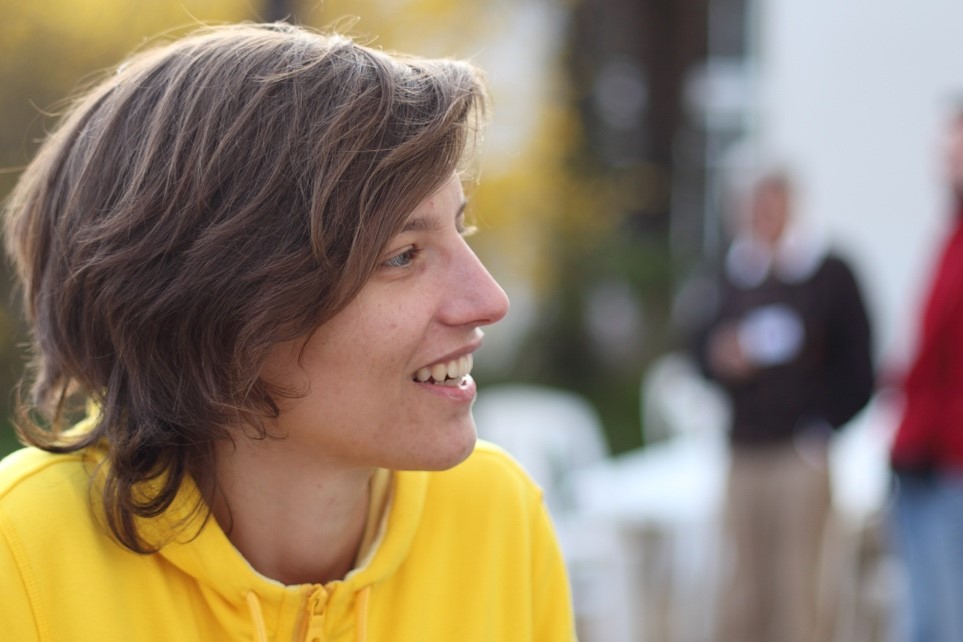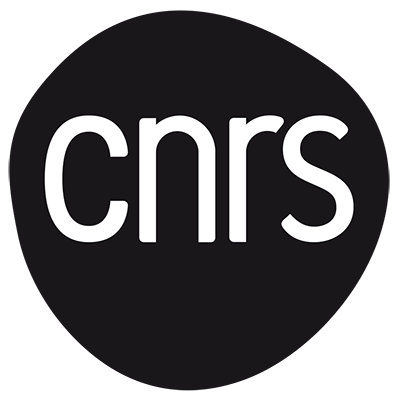Lucie LAPLANE - IHPST & U1287, Paris
https://umr1087.univ-nantes.fr/medias/photo/laplane_1581941716281-jpg
-
On 18 September 2020Institut de Recherche en Santé - 8 quai Moncousu - Nantes
Amphithéâtre Denis Escandefalse false -
11h30
What is a clone?
What is a clone?
Lucie Laplane, PhD, invited by Patricia Lemarchand (Eq IIa)
Chercheuse classe normale (CRCN) au CNRS
CNRS, U8590 (Institut d’Histoire et Philosophie des Sciences et des Techniques), Université Paris 1 Panthéon-Sorbonne
U1287 (Des cellules souches hématopoïétiques aux monocytes), Hôpital Gustave Roussy
Abstract
Elimination of all the cancer cells and only the cancer cells to prevent relapses and treatment side effects is a pressing issue in oncology. In this context, the notion of clone, referring to a set of cells bearing the same alterations, has become central. The development of targeted therapies is based on the very idea that the elimination of a founding clone should lead to a cure. However, in light of the most recent discoveries, the notion of clone is becoming more and more ambiguous. I will discuss two issues:(1) What is the relevance of clones in explaining cancer? The main current challenge concerning the notion of clones is to understand their role in disease initiation and progression. Cancers are composed of various clones, each being defined by the presence of a specific set of mutations in the cells, which dynamically appear, grow, decrease, and/or disappear during the disease. These clonal dynamics are considered to play a central role in the disease phenotype, progression, and treatment outcomes. Clones that are resistant to therapies, even very small ones, are a major clinical challenge as they can lead to relapse. However, the link between mutation and disease is not obvious. Clones with driver mutations typically present in cancer have been detected in healthy tissues such as peripheral blood, eyelid skin, and oesophagus epithelium. The impact of these clones is unclear, hence the name “clonal haematopoiesis of indeterminate potential” used in haematology. Most individuals with clonal haematopoiesis never progress to myeloid malignancies, which raises the question of whether when such malignancies occur, mutated clones cause the pathology, or even contribute to it.
(2) What are the relevant clones? A survey of the scientific literature shows that the notion of clone is used to refer to multiple distinct entities. The definition of a clone is straightforward and refers to a group of cells sharing a common identity inherited from a common cell of origin. However, no two cells are identical in every respect, not even at the genetic level. Thus, a clone is always defined with respect to a particular trait or characteristic. Both technical and ontological choices greatly influence how clones are depicted. Technical: The number of clones detected depends greatly on the technic used (panel sequencing, whole exome, whole genome). Moreover, the threshold used also have major consequences: with a threshold of variant allele frequency of 0.02%, around 10% of 70-years olds healthy individual have a clone containing a mutation typical of blood cancer, raising the question of whether these people should be followed or even treated. With a threshold 0.0003%, 95% of 50-60 years old individuals have DNMT3A and/or TET2 mutations in their blood. Ontological: clonal evolution studies rely on the assumption that clonal architecture is driven by the impact of mutations on cell fitness. I’ll discuss alternative assumptions and confounding factors. In particular epigenetic alterations and stem cells dynamics.
Altogether, these issues raise a general question about who, when, and what (which clones?) should be treated.
Biography
Lucie Laplane est philosophe des sciences, avec une formation en biologie (Master 2, biologie des cellules souches). Ses recherches portent principalement sur 3 thématiques : les cellules souches (normales et cancéreuses), l’évolution clonale, et le micro-environnement tumorale. Son objectif est d’articuler des approches à la fois conceptuelles et expérimentales pour lever certaines ambiguïtés ou inconsistances conceptuelles qui peuvent faire obstacles au progrès de la recherche et/ou de la médecine.

Updated on 24 April 2020.





